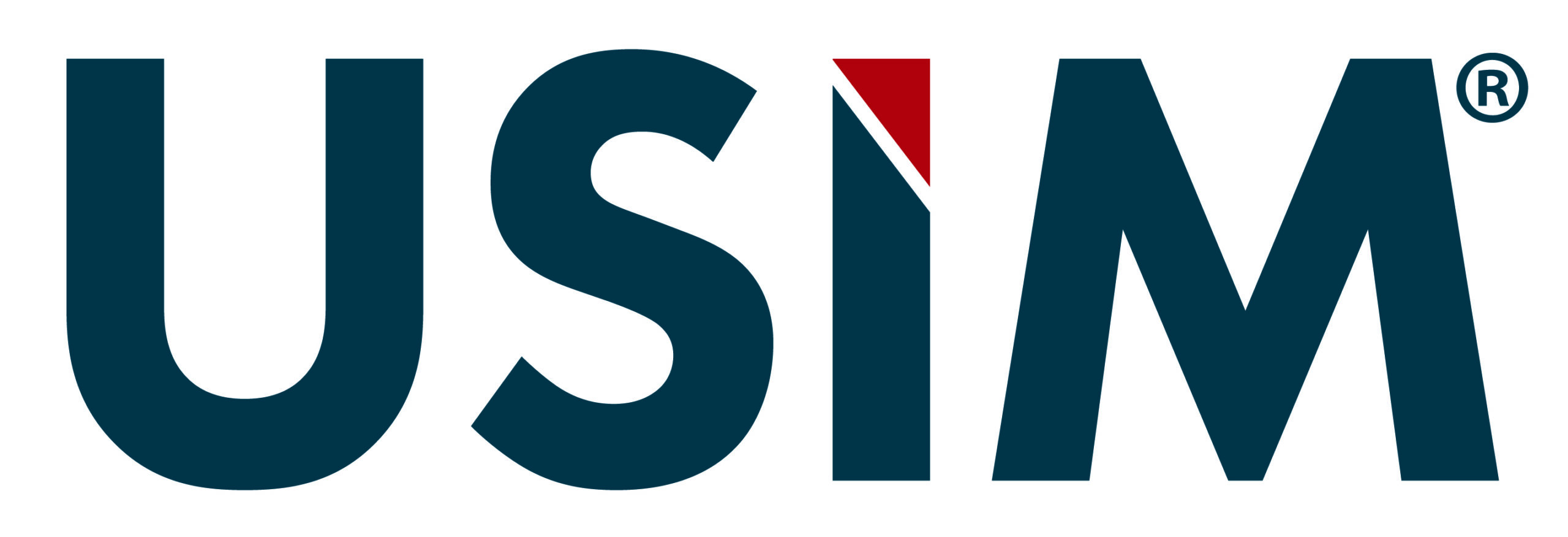What does the role of data play with marketing decisions today?
As an economist and general data nerd, I want to say that nowadays data is everything for making marketing decisions but, as with most things, it is a bit more nuanced than that.
Data-informed decision making is critical, but we have to marry the insights we glean from data analysis with our human sense, understanding, and empathy for our clients and their customers, especially when working with such a new set of critical issues for our clients.
A combination of developments has really opened up the potential to connect the dots between historically separate data sources – what we buy, where we go, what we read/watch/listen to, and what engages us. The cellphone ID and the ubiquity of monolithic service providers like Google, Amazon and FB, along with the shift from mass media to connected media consumption, have enabled the potential to create more accurate predictive models. At the same time, consumers, clients and authorities are rightly uncomfortable about the privacy implications of joining these dots together to peer deeper into consumers’ lives and make predictive models of them.
This has meant that it is our client’s own data on their customers (1st party data) has become the critical start point for marketing decision making today.
Consumers trust the brands they buy and provide their data to, and those brands must not betray that trust. So, we use that 1st party data anonymously as the best indicator of past actions to suggest future patterns, creating predictive models and audiences seeded by client data.
Tell us how USIM is helping to drive foot traffic to retail.
At USIM, we focus on the necessary balance of driving retail foot traffic and getting online traffic to our client’s websites and sales channels.
Nearly all of our retail clients still need to encourage people to visit their physical locations and, post-lockdown, that’s going to be even more critical to their survival.
Our innovative work uses unique single source mobile data sets (e.g., MFour) to demonstrate how using a typical trading zone for all our client’s locations is ineffective and leaves a lot of efficiency on the table. For example, one of our supermarket clients show variations in trading zone from 2.5 miles to 7.5 miles in the same DMA, and we see similar variations for individual restaurants, fast food outlets, auto dealerships and every other retail client. Addressable advertising at the household or the zip code level was clearly our priority to deliver on this insight efficiently
At the same time, we have seen a dramatic upswing in Connected TV (CTV) viewing for all customer segments, not only to the premium tier (Netflix, Amazon Prime, HULU), but also to ad supported second tier networks and apps (Tubi, Pluto, Roku, etc). Well before the Coronavirus outbreak, USIM began switching our retail clients’ balance in main screen TV advertising from majority broadcast to a much higher proportion of Connected TV, which allowed us to target by zip code and household.
Why is ACR data important to clients?
Measuring main screen TV viewing has become increasingly complex over the years as we have moved from broadcast to cable to broadband services.
Nielsen panel data, while adequate for broadcast ratings at a national level, was already creaking as we moved to the era of fragmented TV viewing to 100’s of cable channels.
Set-top box (STB) measurement answered that specific need of fragmented viewing better, but more changes to consumer viewing overtook that system as well. As more devices were connected to the TV for viewing, and Smart TVs became the norm in the US with connected apps that delivered content directly, STB main screen measurement also left too many gaps.
That’s where Automatic Content Recognition (ACR) software becomes so important. The only way to capture the detail of what people are watching now on the main screen is via STB, Antenna, Roku, or Smart TV app. ACR data offers the potential of household addressability that we have never had previously.
ACR data has shown us the real detail of how main screen viewing has changed – the shorter lengths of engagement, the switch patterns between apps, and the big variations in viewing, not just by city or DMA but by zip code.
Why did USIM team up with Inscape?
We wanted to work with Inscape, the data division of Vizio, as they gave us the opportunity to look at the raw ACR data from their large and representative panel of households.
We had three important strategies for our retail clients –
1. identifying custom trading zones defined by zip codes around every store or location;
2. switch from mass media to addressable audiences with increasing delivery via programmatic; and
3. increasing our client’s usage of Connected TV (CTV) as we have seen its usage grow significantly even before the pandemic lockdown.
Inscape data increased our ability to deliver on all three of these priorities. The incredible detail we see across millions of Smart TV sets covering hundreds of viewing apps, devices and platforms, at the zip code level gave us fantastic insights into how our clients’ viewing habits were changing.
How does this change with the recent pandemic?
One of the side effects of the pandemic has been to increase consumers’ usage of connected TV apps and platforms as they search for new (or comforting old) content. Of course, this has been a terrible time in the US and around the world and our clients have suffered a terrible cost from having to let people go, lost revenue, and closed stores.
Whenever possible, we have been using our skills in Connected TV, programmatic media and consumer traffic driving to encourage customers to buy and book services online for (in our restaurant client’s cases) delivery or pick up. For example, one of our clients managed to get back to a sales level only -30% below last year with all of their stores closed as we switched customers to online ordering and delivery/pickup, which they felt was a very strong result given the circumstances.
Rob leads USIM’s strategic insights, optimization, and reporting activities, helping agency and client teams achieve their brand goals. He has created a new architecture of strategic decision-making, underpinned by data, and using agency assets in programmatic and addressable advertising combined with third-party custom data and media analytics.
To enhance these insights, Rob has designed new AI-based optimization tools to lead location/trading zone investment strategies via traditional, programmatic, addressable, and automated buying channels. In addition, he has developed a customized but fully flexible client-reporting platform that enables immediate cross-channel analytics and optimization.
USIM is the fastest growing independent media agency providing best-in-class integrated media solutions. Every day and with every challenge, we Practice the Art of Human Sense – blending cutting edge research and technology with ingenuity, human insight and creativity, delivered in a seamless experience for our client and agency partners. Founded by media pioneer Dennis Holt in 2004, USIM is headquartered in Los Angeles, has 15 offices throughout the United States and Canada, and was named MediaPost’s first-ever Programmatic Agency of the Year.












